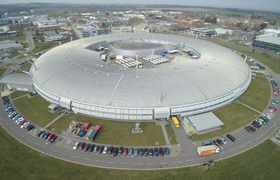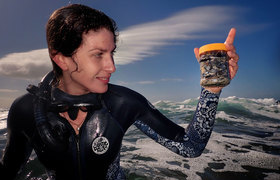Breakthrough in multiple electron pumping in the coldest place in Africa
14 November 2023 | Story Katherine Wilson. Photos Supplied. Read time 5 min.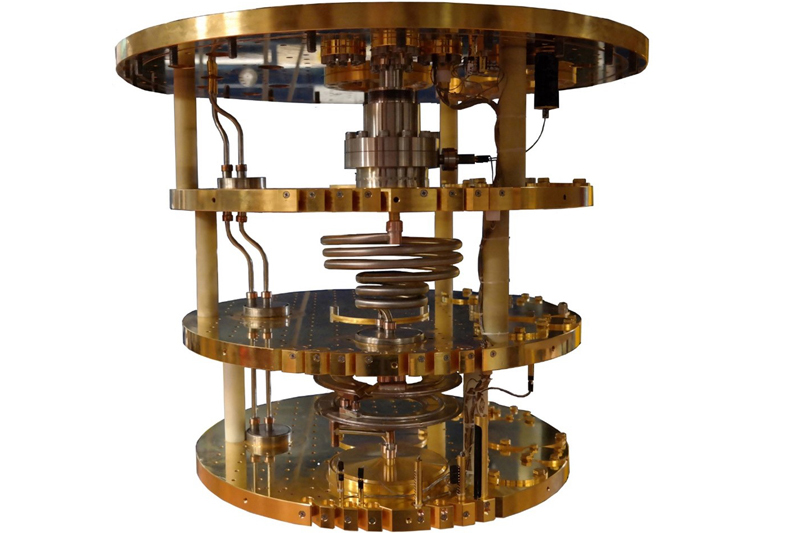
Associate Professor Mark Blumenthal and his team from the NanoElectronics Research Centre in the Department of Physics at the University of Cape Town (UCT) have had a major breakthrough in their research, which has been published in the journal EPJ Quantum Technology.
The paper titled “Multiple electron pumping”, with contributions from students in the group, highlights the new ability to pump a multiple integer number of single electrons per cycle with a far higher degree of accuracy and fidelity than any previous on-demand source of single electrons. Previous pumping mechanisms showed that the pumping of more than one electron per cycle degrades the quantisation of the measured current. Through extensive research endeavours, the group can move as many as seven individual electrons per cycle with unprecedented accuracy and reproducibility.
This all took place in the NanoElectronics laboratory – the coldest place in Africa – utilising a cryogen free 3He/4He dilution fridge, which has a cooling power of up to 1400 μW at 120 mK and a base temperature of 7mK, making it one of the most powerful fridges of its kind on the market. The researchers used cleanroom techniques similar to what is employed in the design and development of transistor-based semiconductor chips, fabricated electron pumps at the nano scale, which are able to isolate, capture and manipulate individual electrons. With high-speed electronic, they were able to move packets of single electrons 180 million times a second, a technique only a handful of research groups around the world can attempt.
What are electrons?
Electrons, which are found in all atoms, are so small they are regarded as dimensionless point particles – the smallest particle known. Under classical physics, a diameter has been attributed to the electron. If the electron is then scaled up such that its diameter was the length of an average human, 1.7 m, the same scaling then applied to a human would result in the average human height being around 368 000 times larger than the diameter of the sun! Electrons have a negative charge that causes them to repel each other like magnets with the same polarity. This makes manipulating a fixed number in a reliable and reproducible way challenging and is why this finding of moving multiple electrons with such accuracy is such a significant achievement.
Breakthrough and its impact
This breakthrough has been possible because of the change in design of the electron pumps, coupled with modified electronic signals that are operating the pump. Using clean room fabrication technology, the smallest structures comprising the electron pump are 100 nm gold finger gates, which are around the size of a virus. In the NanoElectronics lab, the pumps are operated at around 30 mK, which is 30 times colder that the coldest know naturally occurring place in the universe, known as the Boomerang Nebula sitting at a balmy 1 K.
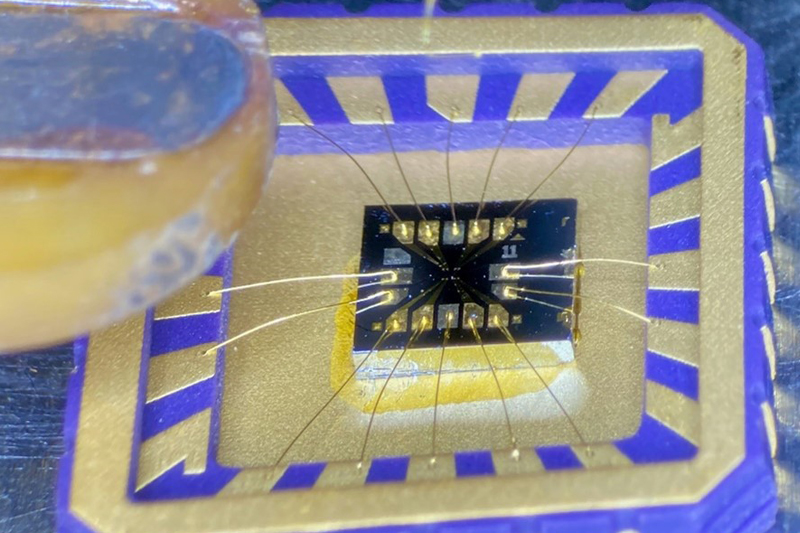
This work will find potential application in quantum metrology in the development of a new standard for electrical current. It will also allow for the development of techniques in quantum cryptograph (using the quantum nature of particles to crypt), quantum computing as well as quantum information processing, where the requirement for a tuneable on-demand source of single electrons is needed.
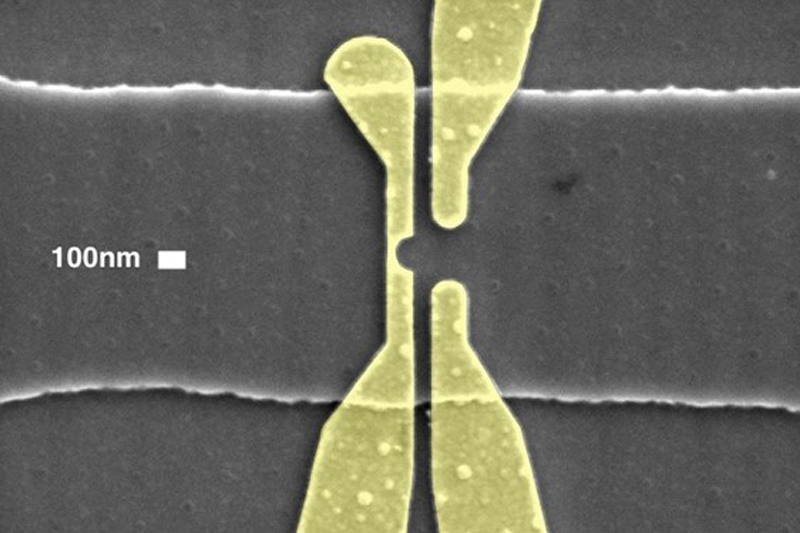
“Moving something as small as an electron in a controlled and predictable manner is a great achievement and pulls together a range of expertise and skills,” said Associate Professor Blumenthal.
“Being able to contribute to the ever-changing field of quantum nano electronics here in South Africa is wonderful. Local students and researchers have the opportunity to directly participate in such a novel field.”
 This work is licensed under a Creative Commons Attribution-NoDerivatives 4.0 International License.
This work is licensed under a Creative Commons Attribution-NoDerivatives 4.0 International License.
Please view the republishing articles page for more information.









